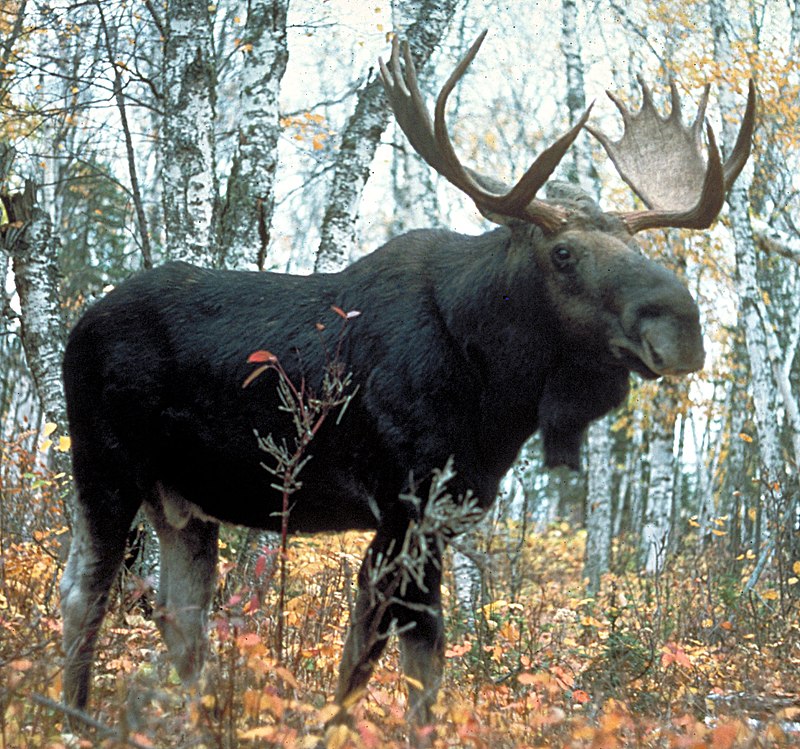Albanian mëz, mâz, Romanian mînz (a Dacian substrate loanword) 'foal' derive from a Paleo-Balkanic1 protoform *mendjo-2 related to Gaulish mandu-, borrowed in turn into Latin mannus3. Also related are Basque mando 'mule' (dialectally also 'sterile animal or woman'), presumably a Celtic loanword, as well as dialectal High German (Tirol) Manz, Menz 'sterile cow'4 and Italian manzo 'ox'5.
Basque idi 'ox' can also be derived from this etymology, assuming the following changes (not necessarily in that order): 1) loss of m-, 2) e > i, 3) nd > d, 4) -o > -i'6.
Probably also belong here Sanskrit mandurā 'stable for horses', mandira- 'dwelling, house' and Greek mándra 'pen, stable'. In my opinion, we're dealing with a Wanderwort of ultimate Altaic origin: Tungusic *manda-ksa 'Eurasian elk (Alces alces)', Mongolian *mandʒi 'male elk' and Turkic *buto 'young of camel' (EDAL 1253).
_____________________________
1 Certainly not IE-native as thought by Mallory-Adams. See J.P. Mallory & D.Q. Adams (2006): The Oxford Introduction to PIE and the PIE World, p. 142.
2 T. Gaitzsch (2010): Das Pferd bei den Indogermanen: Sprachliche, kulturelle und archäologische Aspekte, p. 263-264.
3 X. Delamarre (2008): Dictionnaire de la langue gauloise, p. 214.
4 J. Pokorný (1958): Indogermanisches Etymologisches Wörterbuch, p. 729.
2 T. Gaitzsch (2010): Das Pferd bei den Indogermanen: Sprachliche, kulturelle und archäologische Aspekte, p. 263-264.
3 X. Delamarre (2008): Dictionnaire de la langue gauloise, p. 214.
4 J. Pokorný (1958): Indogermanisches Etymologisches Wörterbuch, p. 729.
5 Possibly a Messapic loanword, cfr. Menzana, a divinity to whom horses were offered.
6 In sharp contrast with more recent loanwords, the native core of Basque underwent so many phonetic changes, up to the point of making it hardly recognizable.



